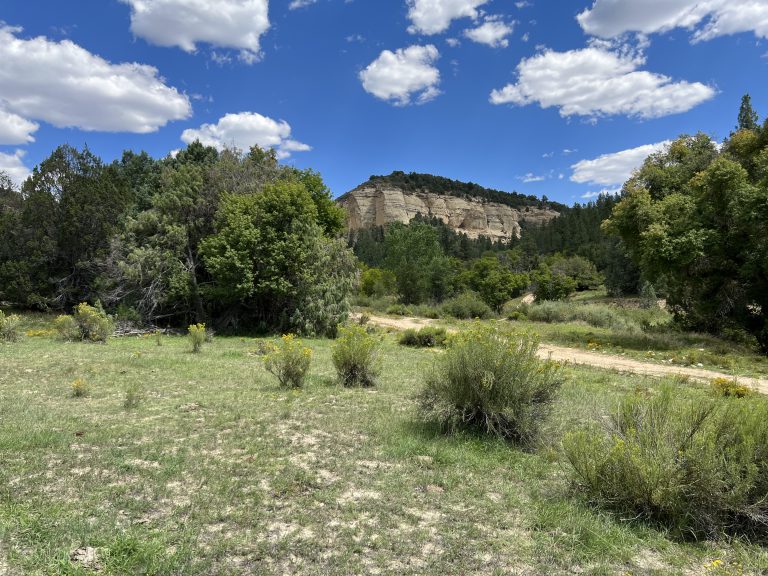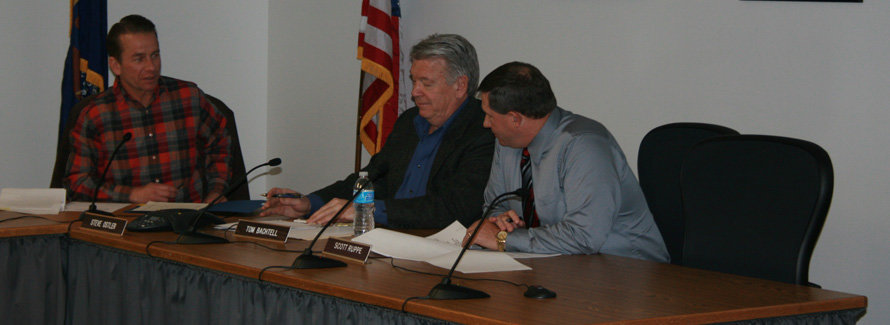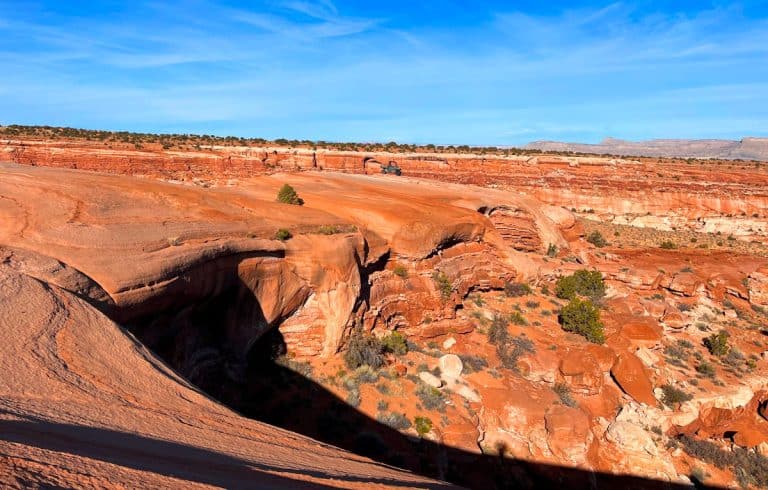The School and Institutional Trust Lands Administration (SITLA) Board of Trustees voted unanimously at its September 26, 2013 meeting to approve an amended agreement with Anadarko Petroleum Corporation. However, SITLA board members remain concerned about the long-term implications of how the public school system will be fairly compensated for potential mineral development on its large land holding in the Book Cliffs.
Local PTA Member Carmen Snow spoke in support of SITLA’s efforts and thanked the board for its work on behalf of Utah school students. Don Peay, a renowned sporting advocate, said he believes this project with Anadarko can be a win-win for all interested parties and cited successful examples of wildlife coexisting with development. Peay also stated that when he served on the SITLA Board, the Permanent School Fund was at $60 million and now stands at $1.67 billion, in less than 20 years.
The revised agreement includes an amendment to delay exploratory mineral lease activities within the 18,000-acre Bogart Canyon area of the South Book Cliffs until 2016. Board members also endorsed the concept of creating an advisory committee to make recommendations to SITLA and Anadarko to address impacts to sensitive natural resources. SITLA Board Chair Steve Ostler assigned board members Jim Lekas and Tom Bachtell to work with the agency to develop specific recommendations of the committee’s composition and charter.
The amended contract will allow time for Governor Gary R. Herbert’s and Congressman Rob Bishop’s offices, and other interested parties to explore federal land trade opportunities they believe may have equal or greater land value and mineral revenue potential to compensate Utah’s public education system.
In a separate motion, the board also unanimously voted to support this broader federal land exchange effort. SITLA’s diverse real estate portfolio includes tens of thousands of acres captured within environmentally sensitive federal domain, hindering the agency’s ability to develop and generate revenue from these lands.
“In order to fulfill its fiduciary responsibility to public schools and other beneficiaries, it is clearly in the best interest of the agency to be actively engaged in this process,” said Ostler. “SITLA intends to fully cooperate with Congressman Bishop’s broader consolidation effort. We are also anxious to see if the process can provide an exchange proposal equal to or better than the agency’s current land position in the Book Cliffs.”
SITLA’s largest beneficiary group, the education community, recognizes the revenue potential of the original Anadarko agreement. The Utah State Board of Education discussed the issue at its September 6 meeting and heard passionate comment from all sides of the issue, including Congressman Bishop and Lt. Governor Greg Bell. In the end, board members voted unanimously to endorse the original SITLA deal as the best decision for public schools. They realized the potential to grow the Permanent School Fund and increase annual distributions to public schools.
“The current distributions from the $1.6 billion Permanent School Fund provide 1% of Utah’s enormous education budget. That 1% equates to $38 million this year, and we all know how precious every dollar is to Utah’s public schools,” said Jennifer Johnson, Utah Board of Education member. “The average school receives nearly $40,000 annually and these funds are the most rapidly-growing and most locally-controlled dollars available to schools.” Johnson added these discretionary funds are used to address the greatest academic need of a school as identified by each individual school community council.
“If Utah’s school trust lands had always been managed under SITLA’s current business model, the fund would provide a much larger percentage of the education budget today. The Utah Legislature recognized the wisdom of creating this model in 1994 and since then we’ve seen tremendous growth in both the Permanent School Fund and annual distributions,” said Johnson. While SITLA is committed to the compromise agreement, the agency maintains that mineral development and recreation do not necessarily preclude each other, and refer to the historic management of Bogart Canyon as an example.
“Despite oil and gas development in Bogart Canyon during the 1970s and 80s, the area is considered pristine because wells and accompanying roads within the area have been mitigated properly,” said SITLA board member Jim Lekas. “Anadarko, with its excellent record of even more modernized and sophisticated stewardship practices, has committed to pursue similar results.”
“Trust lands are not public lands, and we must do a better job of educating the general public about SITLA’s work and purpose,” said Ostler. “While we understand Utahns have an interest in all Utah lands, the 8 percent of the state managed by SITLA must be managed to benefit public schools, universities, schools for the deaf and blind, and other institutions, and not specific interest groups or the public-at-large.”

Land Sale Auction – June 20-25, 2024
The next land sale auction will be held online June 20-25, 2024. For this auction, we will be offering 3


